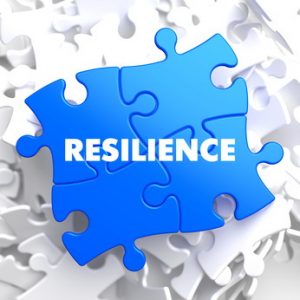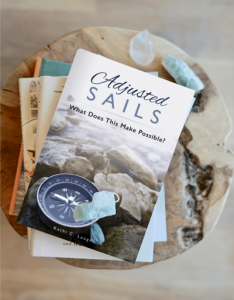 Recently I was privileged to hear David Bayer, author of Mind Hack and creator of The Powerful Living Experience speak at a conference I was attending.
Recently I was privileged to hear David Bayer, author of Mind Hack and creator of The Powerful Living Experience speak at a conference I was attending.
He asserts that we begin to understand our true potential when we recognize that at their core, our beliefs are nothing more than decisions.
Whenever we want to change our mindset or belief about something, particularly ourselves, it’s not complicated. It just means we must make a different decision.
Think about that for a moment. It’s an incredibly powerful concept.
Since hearing him speak I’ve been thinking about new decisions that I want to make about myself and my life as I move into the next season. A word came to mind that has always fascinated me because of its origin: Abracadabra. A magician’s word. A word used to conjure up an experience of delight and wonder. Isn’t that what we all want from our lives?
Where does the word originate? An ancient language and phrase avra kehdabra, which means “I will create as I speak”.
Just imagine! We can speak new decisions into existence. Those decisions in turn create a new perspective and reality. It is what makes our words so powerful.
What will we create as we speak?
What magic, delight and wonder will we bring to life for ourselves and our world?
What is our personal abracadabra?
We must choose wisely! And then get ready for magic!
Begin with the end in mind. Decide today what you want tomorrow to be. Then live that. Create that. Live well.





 2016 is nearly behind us. Has it flown by for you? It seems as though it was just a blink ago that I was sharing last year’s holiday season with my daughter and her family in Oklahoma. Soon I will be traveling again for an early Christmas celebration with them.
2016 is nearly behind us. Has it flown by for you? It seems as though it was just a blink ago that I was sharing last year’s holiday season with my daughter and her family in Oklahoma. Soon I will be traveling again for an early Christmas celebration with them.
 There is a story that has held my attention for many years. When I first heard it I was too young to understand the true value of the lesson it held. Somehow though I did recognize it as a story that mattered and it has stayed with me.
There is a story that has held my attention for many years. When I first heard it I was too young to understand the true value of the lesson it held. Somehow though I did recognize it as a story that mattered and it has stayed with me. Recently I experienced a situation where fear was an unexpected partner in the dance. Not in an obvious way, but definitely present. In fact, I doubt that anyone involved (including me) recognized at the onset that fear was part of the equation.
Recently I experienced a situation where fear was an unexpected partner in the dance. Not in an obvious way, but definitely present. In fact, I doubt that anyone involved (including me) recognized at the onset that fear was part of the equation. It’s easy to say that we are resilient. It’s much more challenging to live resiliently. It is one of the most important skills we need to develop. But all too often we wait until we need it to determine if we’ve got it. The reality is that it doesn’t work that way.
It’s easy to say that we are resilient. It’s much more challenging to live resiliently. It is one of the most important skills we need to develop. But all too often we wait until we need it to determine if we’ve got it. The reality is that it doesn’t work that way.

